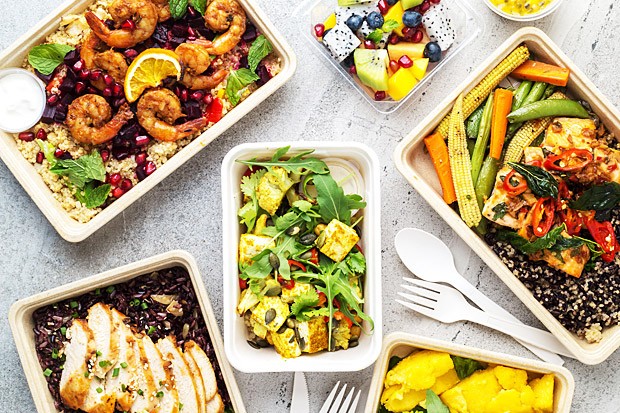In the next two decades, what food will we be eating?

Our food choices have drastically evolved over the past century, and today’s diets are hardly recognizable from those nutrient-rich diets of our grandparents and great-grandparents. Our future food predictions have become more vivid because the ideas about eating have changed the way we purchase, cook, and eat. But are the current eating habits better?
The eating behavior of people changes constantly, and they are becoming more conscious of the foods they consume. It thus becomes a challenge for the food and beverage industry to provide a product suitable for upcoming consumers. It is not only crucial for company owners but also for individuals wishing to improve and add more nutritious meals to their diets. The answer to all of these issues is Spoonshot.
This company uses statistics and AI data to help you make the best food selections. Future food predictions determine the nutritional value you should utilize to produce better and healthier food products. This will help you groom your food business and amplify the nutrient quotient in the food items.
Here are a few new food product developments that can change the food industry in the next twenty years. And, yes, some of these advancements are already underway.
Eating Insects
Entomophagy, or eating insects, is already practiced by almost 2.5 billion people worldwide. Since they have been consumed for ages by many multiple ethnicities, edible insects can be essential to the future of food availability. This may sound yucky for non-insect eaters. But keeping in mind the future food choices, this will be an essential food item. Since insects are not only excellent providers of protein, minerals, amino acids, and other necessary nutrients, they are also more environmentally friendly to cultivate and consume than meat.
Seaweed
Another dietary craze that has already influenced our eating patterns is seaweed/algae, also known as sea vegetables. You may have already eaten them in the type of spirulina (a type of algae), which is a common addition to the meals of individuals who are health-conscious and also seek eco-friendly food options. This algae-based food item is beneficial for pregnant ladies, as it is rich in nutrients and Omega 3 fatty acids. Seaweeds are a prime candidate for future food because (like insects) the best thing about seaweed is that they grow quickly and requires almost no maintenance. These contain several nutrients and vitamins and do little harm to the environment.
Plant-based Meat
A lot of studies are being done on producing meat from plants. The taste and softness in meat can be carried by a chemical molecule called heme, modified for use in novel foodstuffs. The development of plant-based meat substitutes also involves other components, such as protein derived from wheat, coconut oil, and potato starch.
Also Read: Flavors that will Attract Consumers in 2023
Lab-grown Meat
What’s on the plate for meat lovers, then? Scientists and food researchers have produced a concept of creating synthetic meat that is grown and produced in the lab to reduce global warming while still supplying meat for consumers who enjoy their meat products. This cutting-edge scientific process dates back to 2013 and involves growing ground beef from cow stem cells. Lab-grown meat (sometimes referred to as cultured or in-vitro meat) resembles ground beef in appearance, cooking aroma, and flavor.
Conclusion
As observed, cooking today takes far less time than it did in the past. The hours spent laboring over the stove or in a bonfire are long gone. This shows the new food product development, ready meals have grown significantly in popularity, with many individuals turning to microwave dinners and convenience foods weekly. The significant thing is maintaining the nutrient quotient in our food items.
If you want to publish more informative content like this keep visiting TECHNOMANIAX.
